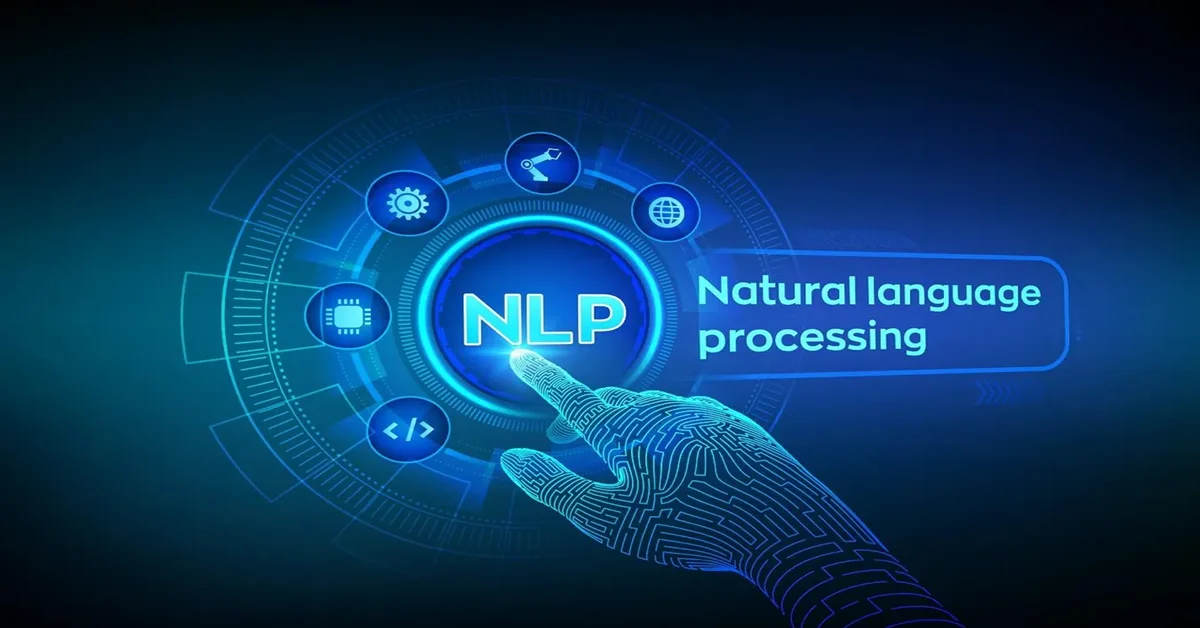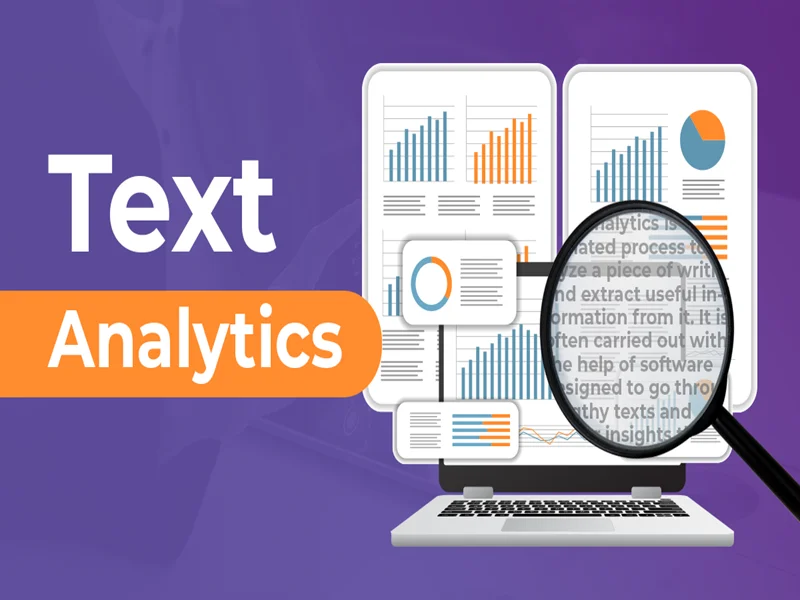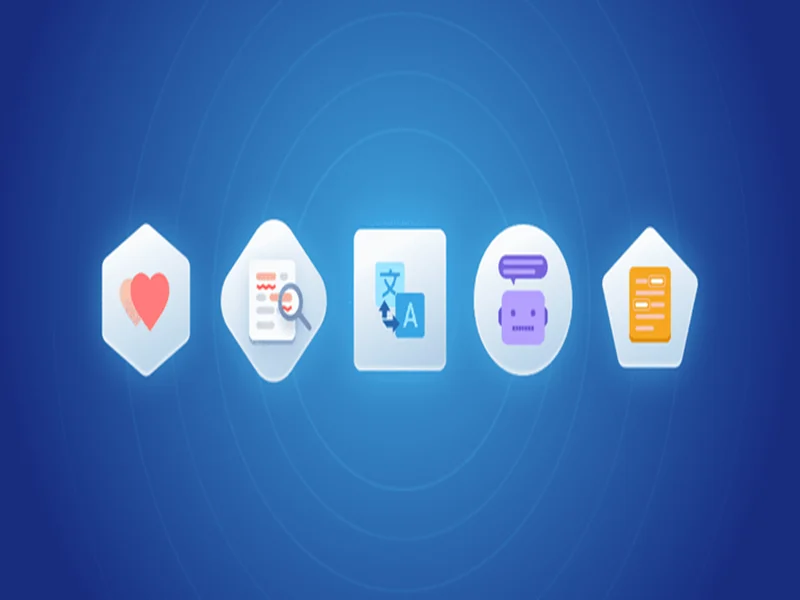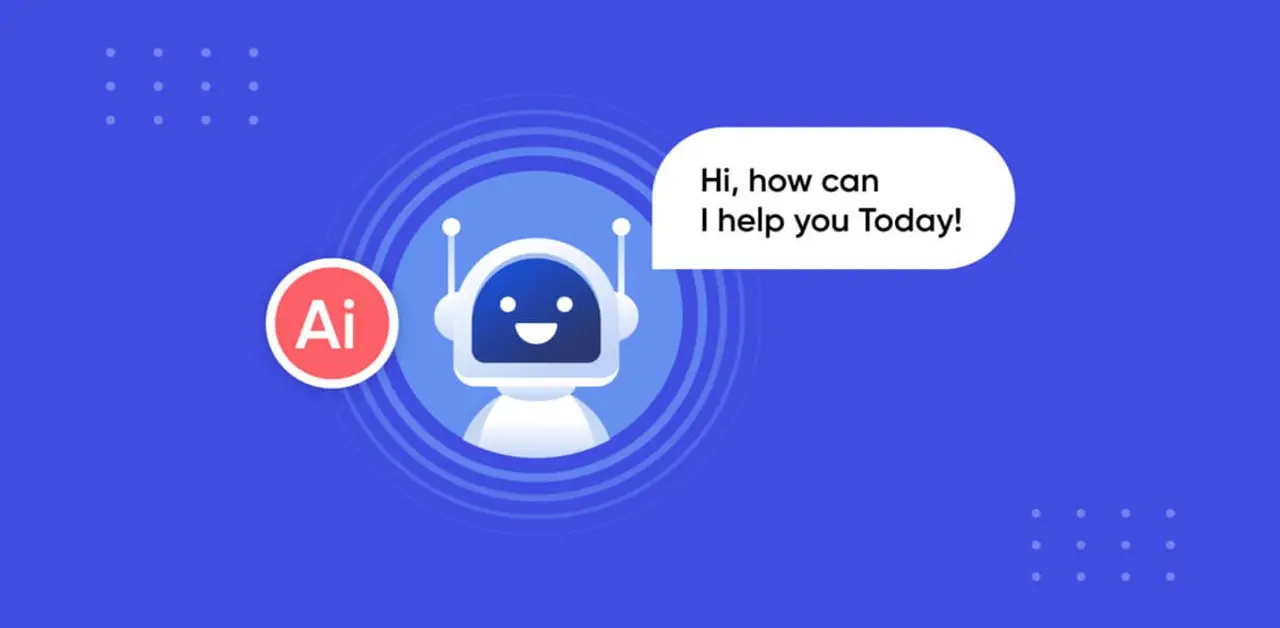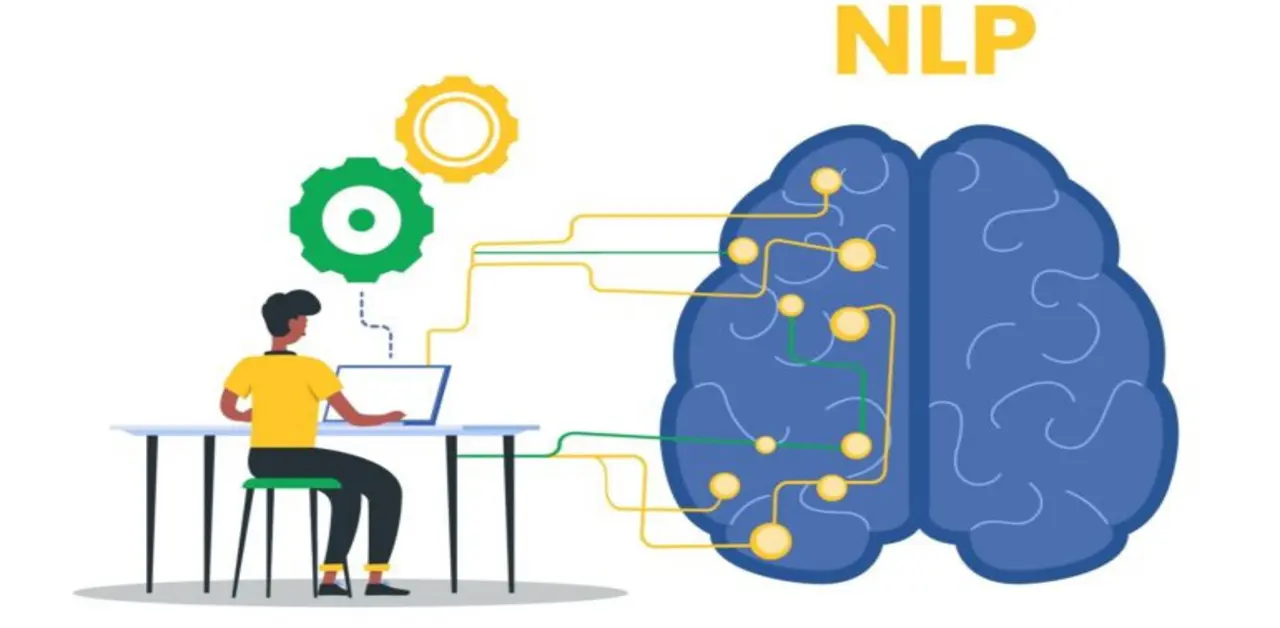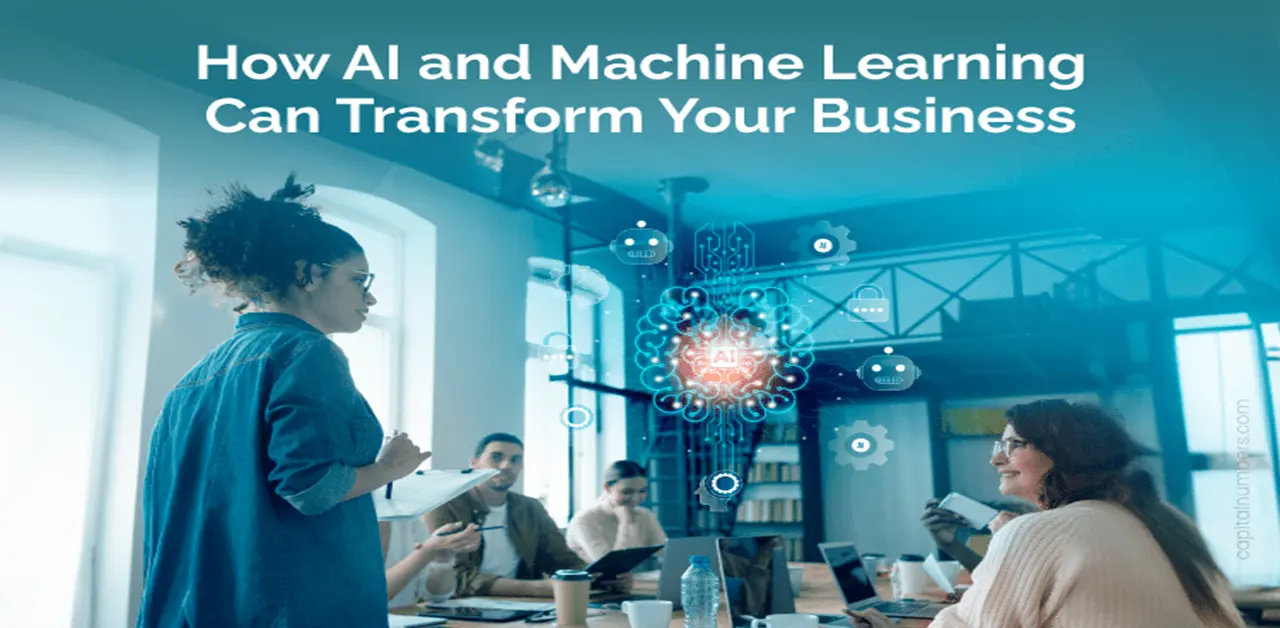Natural language processing (NLP) is a rapidly evolving field of artificial intelligence (AI) that bridges the gap between human communication and computer understanding. It empowers machines to comprehend, generate, and manipulate human language, revolutionizing the way we interact with technology and extract meaning from vast amounts of data. This blog post serves as a comprehensive pillar, laying the groundwork for future explorations into specific NLP applications.
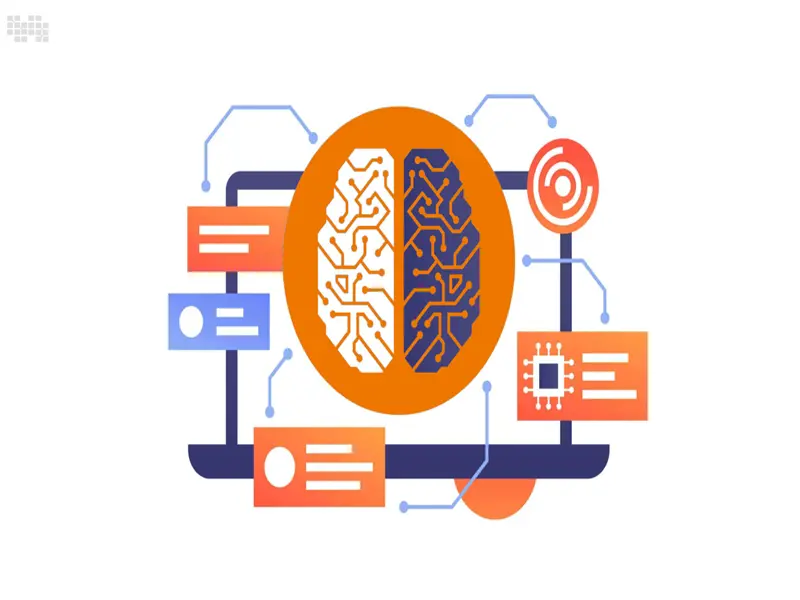
What is Natural Language Processing?
Imagine a world where computers can understand the nuances of human language as well as a native speaker. NLP strives towards this very goal. It equips machines with the ability to:
- Read and understand text: Analyze the structure, syntax, and semantics of written language.
- Extract meaning: Identify key concepts, relationships, and sentiment from text data.
- Generate human-like text: Create grammatically correct and coherent sentences, paragraphs, or even creative content.
- Respond to natural language queries: Interact with users in a conversational way, answering questions and following instructions.
NLP draws on various disciplines, including computer science, linguistics, artificial intelligence, and statistics. By combining rule-based approaches with statistical and machine learning techniques, NLP models learn to recognize patterns in language and apply them to new situations.
NLP unlocks a treasure trove of insights hidden within text data. Here are some powerful applications of NLP in text analysis:
- Sentiment Analysis: Gauge the emotional tone of a piece of text, whether it’s positive, negative, or neutral. This is invaluable for social media monitoring, customer reviews analysis, and brand reputation management.
- Topic Modeling: Discover hidden thematic structures in large collections of documents. This helps in content organization, research paper summarization, and identifying emerging trends in textual data.
- Named Entity Recognition (NER): Identify and classify named entities in text, such as people, organizations, locations, dates, and monetary values. This is crucial for information extraction tasks and knowledge base population.
- Text Summarization: Condense lengthy documents into concise summaries, allowing users to grasp the main points quickly. This is beneficial for news articles, research papers, and legal documents.
- Text Classification: Categorize text data into predefined groups based on content. This can be used for spam filtering, sentiment analysis, and topic routing for customer service inquiries.
By leveraging these NLP techniques, businesses can gain valuable insights from customer feedback, social media conversations, and internal documents, ultimately driving better decision-making.
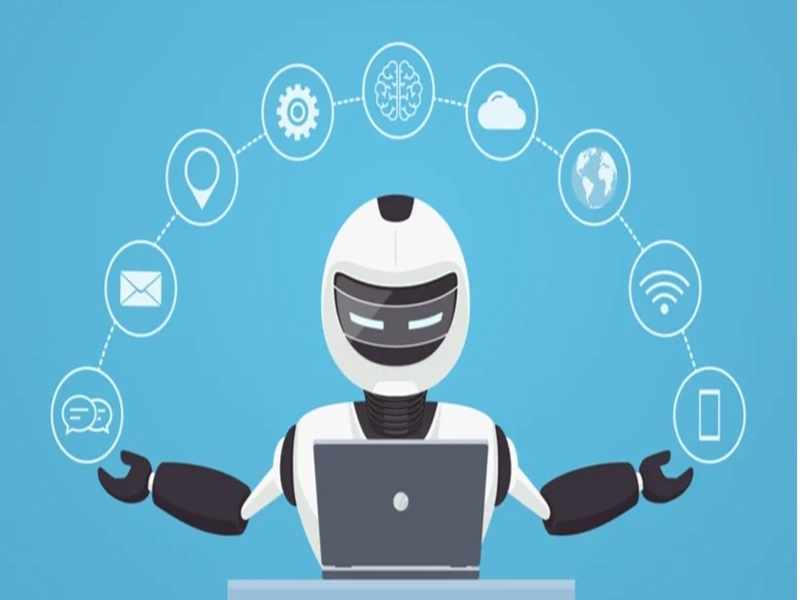
Chatbots and Virtual Assistants: Powered by NLP
The rise of chatbots and virtual assistants has fundamentally changed how we interact with technology. These conversational AI agents rely heavily on NLP to understand user queries, provide relevant responses, and complete tasks in a natural and engaging way.
Here’s how NLP empowers chatbots and virtual assistants:
- Natural Language Understanding (NLU): Analyze user input, identify the intent behind the query, and extract relevant information.
- Dialogue Management: Steer the conversation based on user intent, context, and past interactions.
- Natural Language Generation (NLG): Formulate coherent and grammatically correct responses tailored to the specific user and situation.
Chatbots powered by NLP are transforming customer service by offering 24/7 support, answering frequently asked questions, and resolving simple issues. Virtual assistants are becoming ubiquitous in our daily lives, helping us manage schedules, book appointments, control smart home devices, and much more. As NLP continues to evolve, these conversational interfaces will become increasingly sophisticated and indistinguishable from human interaction.
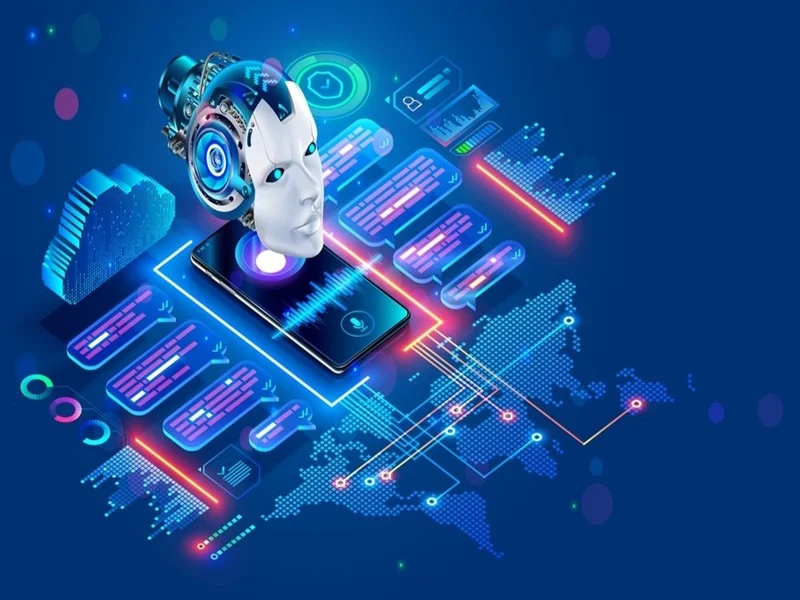
Machine Translation: Breaking Down Language Barriers
Imagine a world where language barriers are a thing of the past. Machine translation, a subfield of NLP, strives towards this vision by automatically translating text from one language to another. This technology has revolutionized communication and information access on a global scale.
Here are some key aspects of NLP in machine translation:
- Statistical Machine Translation (SMT): Analyzes large amounts of bilingual text data to identify statistical patterns between words and phrases in different languages.
- Neural Machine Translation (NMT): Utilizes deep learning models to achieve more accurate and natural-sounding translations by capturing the context and nuances of human language.
Machine translation is used extensively in various applications:
- Real-time communication: Enables real-time conversations with people who speak different languages.
- Document translation: Facilitates the translation of documents, articles, and websites for a wider audience.
- Multilingual content creation: Allows businesses to create content and marketing materials that can be easily translated and localized for different markets.
As NLP advancements continue, machine translation will become even more accurate and nuanced, fostering greater global communication and collaboration.
- Customer Relationship Management (CRM): NLP can analyze customer service interactions, emails, and social media conversations to understand customer sentiment, identify pain points, and personalize interactions. This leads to improved customer satisfaction, loyalty, and retention.
- Market Research and Competitive Intelligence: Analyze social media conversations, news articles, and industry reports to gain insights into customer preferences, market trends, and competitor strategies. This empowers businesses to make data-driven decisions and gain a competitive edge.
- Content Marketing: NLP helps create targeted content by analyzing audience demographics, interests, and online behavior. It can also optimize content for search engines by identifying relevant keywords and phrases.
- Targeted Advertising and Personalization: NLP can analyze customer data to create highly targeted advertising campaigns and personalize content and product recommendations based on individual preferences. This leads to increased engagement and conversion rates.
- Fraud Detection: NLP can be used to analyze financial transactions, emails, and social media activity to identify patterns and anomalies indicative of fraudulent activity. This helps businesses protect themselves from financial losses.
- Product Development: Analyze customer reviews, social media mentions, and support tickets to understand customer needs and preferences. This valuable feedback informs product development and innovation efforts.
These are just a few examples of how NLP is transforming the way businesses operate and engage with their customers. As NLP technology continues to mature, we can expect even more innovative applications to emerge across various industries.
The future of NLP is incredibly promising. With advancements in deep learning and artificial intelligence, NLP models will become even more sophisticated, blurring the lines between human and machine communication. This technology has the potential to fundamentally reshape how we interact with information, conduct business, and connect with each other on a global scale.

